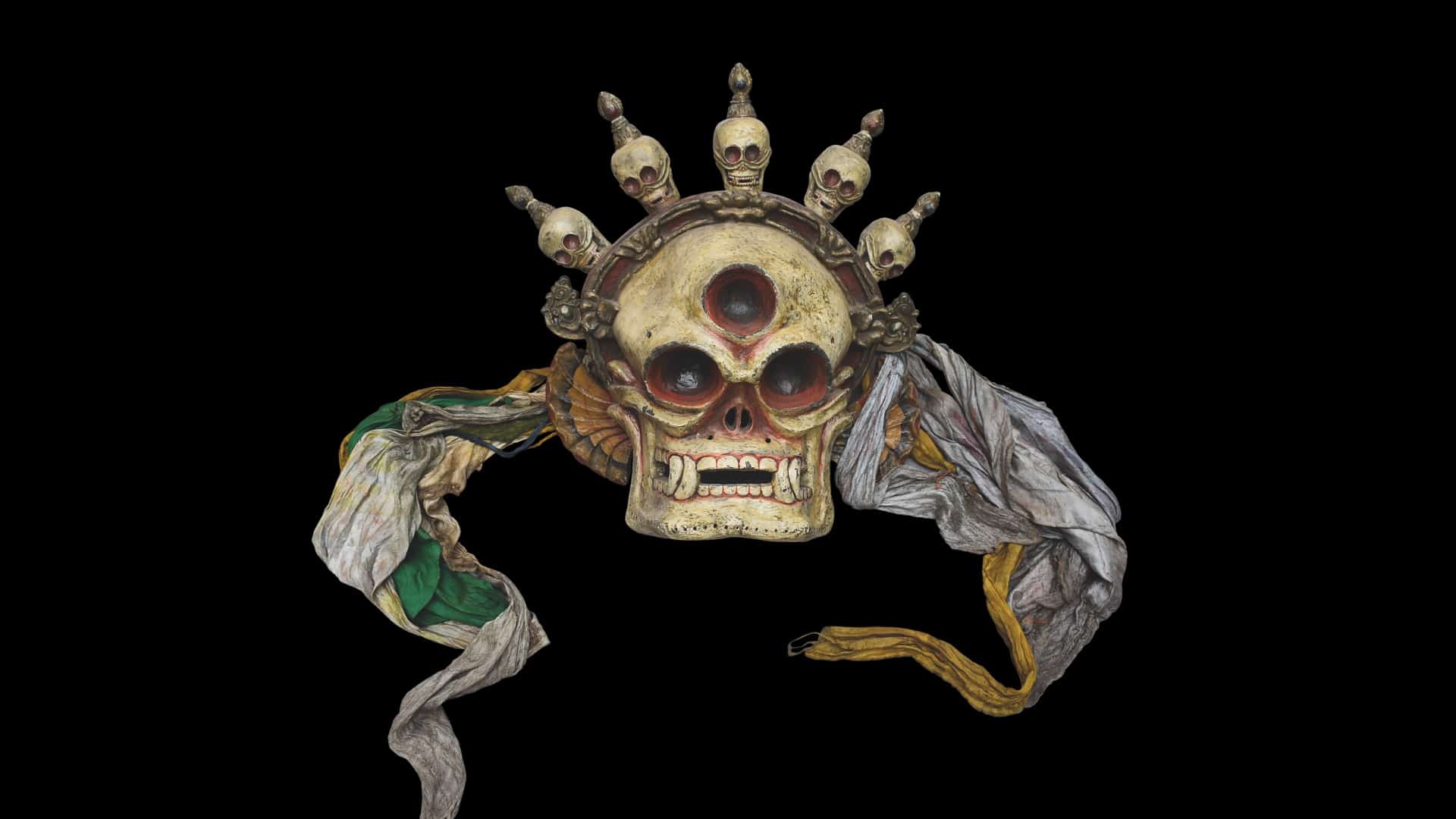Shamans. Communicating the invisible
Three museums, one Foundation, two locations, one theme.
Three museums, one Foundation, two locations, one theme.

Three museums, one Foundation, two locations, one theme.
For the first time together, three major museums in the Trentino area are organising a single large exhibition. Between anthropology, psychology, archaeology and contemporary art, Shamans is a journey which reflects on the relationship – never so relevant as now – between human beings and that which is not human.
In the spaces of Palazzo delle Albere in Trento and the Trentino Ethnographic Museum in San Michele all’Adige, this extensive exhibition explores one of the most fascinating themes in human history from different and complementary points of view: shamanism. The exhibition takes a multidisciplinary approach and offers innovative points of view that involve disturbing masks, immersive installations, craftsmanship and works of art.
Shamans is an original project that grew from the collaboration of three major Trentino museums: MUSE – the Science Museum of Trento; Mart, the Museum of Modern and Contemporary Art of Trento and Rovereto, and METS – the Trentino Ethnographic Museum in San Michele. Each institution has curated a section of the exhibition, addressing the theme according to its specific field and skills, thus helping to design a heterogeneous, inclusive itinerary, suitable for all audiences.
A partner in the exhibition is the Fondazione Sergio Poggianella (FSP) which has provided more than one hundred artefacts and finds from China, Siberia and Mongolia.
The eye of the METS – Trentino Ethnographic Museum in San Michele on the exhibition Shamans. Communicating with the invisible, is dedicated to popular technologies, and it is no accident that this section is titled Téchne, spirit, idea. The curators of the section at the METS are Sergio Poggianella, Micaela Sposito and Luca Faoro.
Shamans and shamanism, a concept about which many of us have a more or less concrete idea, takes us back to an imaginary world of atavistic rituals, disturbing masks, hallucinations and exotic places. But what is shamanism really? Who are shamans and what do they do? Can we consider these figures to be the oldest mediators between humanity and nature?
In the third section of the exhibition, the contribution of contemporary art is presented in continuity with the scientific and ethno-anthropological narrative. Between heterogeneous styles and various mediums (painting, sculpture, video, photography, installation), the exhibition explores the spiritual and therapeutic dimension of contemporary practices. On display are some 40 works produced by 26 international artists over the last 70 years, selected by Mart curator Gabriele Lorenzoni and anthropologist Massimiliano Nicola Mollona.